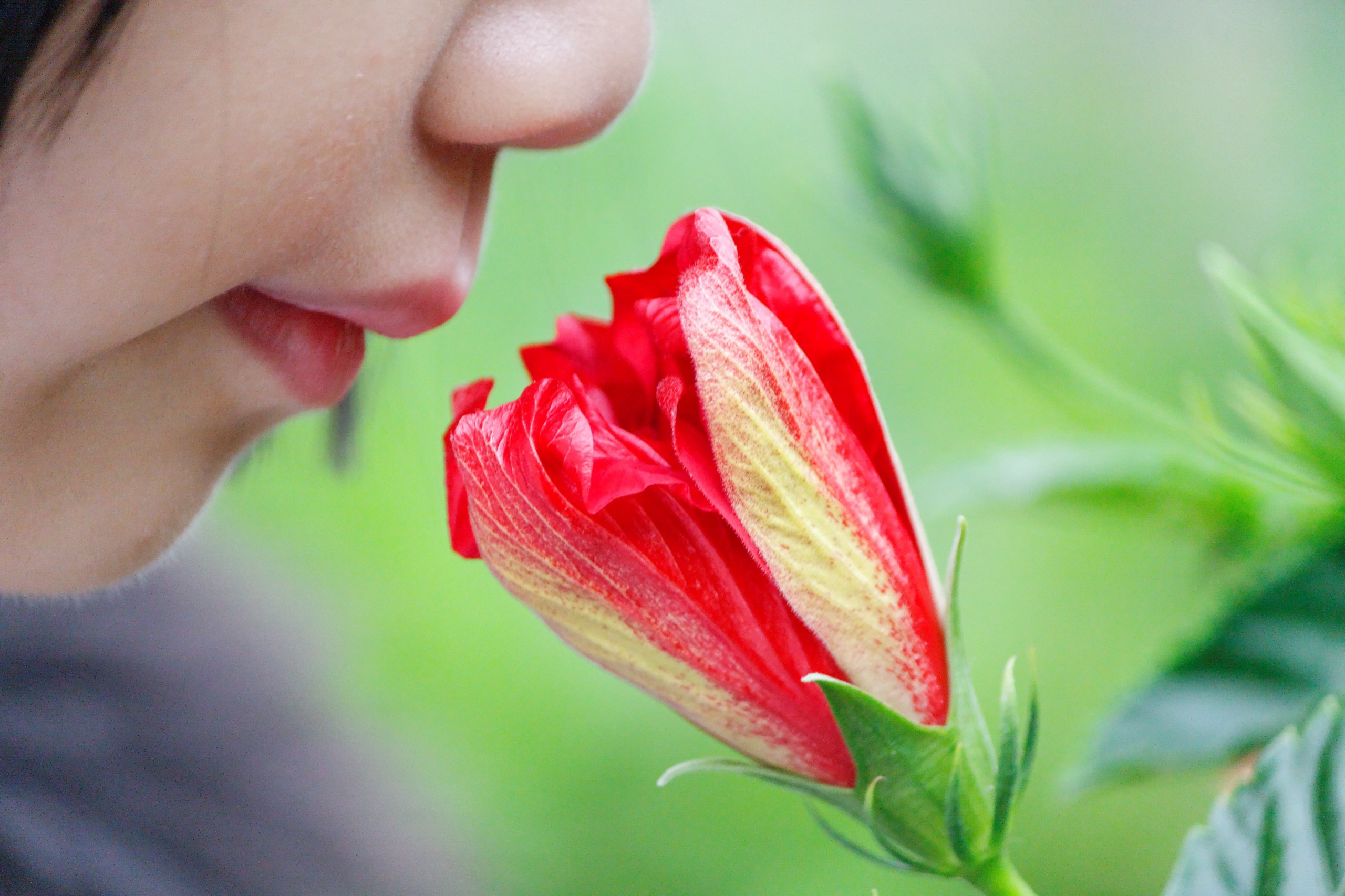

Most people probably never consider what their favorite music might smell like–but it’s on the minds of some performers, like Katy Perry, whose 2011 California Dreams world tour used scents to make her audience feel like they were in “cotton candy heaven.” Adding smell to a performance can enhance an otherwise ordinary gig, play, or recital.
“Scent can augment an atmosphere and give [audiences] a heightened anticipation of place,” explained Odette Toilette, a self-described “purveyor of olfactory adventures” who runs her own scent events company. “You can use a palette of scents to demarcate and zone different spaces.”
The technology involved isn’t as high-tech as you might imagine. Delivery systems can range from diffusers to sprays, to candles and incense. “The delivery method should be led by the experience,” she explained, and you have to consider how the scent will work “as part of the overall narrative of space, story, and flow of people.”
Toilette is currently working with creative agency Flying Object on a show–”Tate Sensorium“–for the Tate Britain art gallery in London, debuting in September. They’re developing a number of scents to act as companion pieces (alongside sounds and tastes) to abstract artworks in an interactive exhibition that more fully explores what it means to experience a piece of art, like a painting.
Jo Barratt and sensory agency Vetyver are also working with smells in performance–convinced that if an artist can directly stimulate our senses, they have even more control over the effect their work has. “People sense stuff all the time,” he said. “The more tools you have to manage it, the more effective the creation of an experience is.”
A good example of the power of smell in action came in 2014, when he teamed up with audio-specialist Nick Ryan, the composer of a piece for the London Contemporary Orchestra called “Synaesthesia.” Ryan worked with artists to create visual displays to match the music, while Vetyver “scored” the performance using smell. The result was an immersive show designed to give the audience a taste of what it might be like to live with synaesthesia, as scents were delivered to the audience through the venue’s air-conditioning system, timed carefully to work with the music. “The process of composition was almost in three dimensions,” Barratt said, with scent, visuals, and music all emerging simultaneously as the show went on.
Scenting an event is a multi-staged process: First the scent must be developed, and then it must be checked against the brief with technical, safety, and logistical considerations. The artist must consider the best delivery system for the space, and the likely associations the audience will have with the smell, as well as how to frame the experience of it. For Barratt, it’s important that the scent is in the background, making an audience focus on “themselves, each other, or the environment rather than the smell itself.”
In 2013, Barratt worked with the band Deaf Club, producing scents to use while on tour. While each member of the band designed a different aroma, each had similarities that would create “a sense of reassurance, continuance, and association with the band, but also a sense of moving on,” he explained.
Dave Pickering, creator and host of variety night Stand-up Tragedy, worked with Barratt to add an extra layer of interactivity to his show, inviting his audience to determine “the scent of tragedy” by sniffing three different smells distributed on sample strips during an event, and voting for which they thought was the best fit. “The final scent created an association,” Pickering said, “and its backstory helped to frame the concept of the show.” After the show, audience members and performers said that the winning scent did leave a lasting association with them.
With virtual reality looming large in the future, there’s a lot of potential for using smells in live and recorded art–and it could also play a role in forming more lasting memories, and encouraging people to share and discuss their experiences with each other.


How We Get To Next was a magazine that explored the future of science, technology, and culture from 2014 to 2019. This article is part of our Arts & Culture section, which looks at innovations in human creativity. Click the logo to read more.
